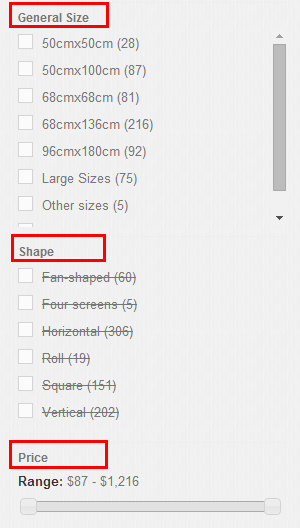Rock painting is the general term including colored drawing, line carving and relief sculpture on the wall of caves, cliffs or isolated rocks. People have used rocks as working tools and articles for everyday use, even since remote antiquity. Meanwhile, rock is the earliest painting material. Ancient people carved and drew on rocks to describe their life, their dream and wish. It is also one of the earliest Chinese art.

All over the world, Rock Painting was found in many places. China is the earliest country that found and recorded Rock Painting. As early as the 5th century, the rock paintings of Yinshan Mountains were found by Li Daoyuan, a geologist of the Northern Wei Dynasty. A detailed account of his findings was given in his renowned Work-Commentary on the Waterways Classic. This is the earliest record of the rock paintings of Yinshan Mountains in the world.
The rock paintings of Yinshan Mountains scatter over a wide area. The densest concentration is on the Heishan Mount of Dilihari Mountains to the south of Wulate Middle Banner, Bayannur League, Inner Mongolia, stretching over five kilometers from the east to the west. Over one thousand rock paintings can be found in this place alone.
The themes of the rock paintings are in general the hunting activities of the nomadic nationalities. Among the rock paintings, the most numerous and most finely drawn ones are pictures of animals, including goats, sheep, argali, antelopes, blue sheep, elks, white-lipped deer, cervus, elaphus, David's deer, moose (also known as han da an), roe deer, horses, mules, donkeys, camels, oxen, wild oxen, takins, dogs, turtles, wild boars, rabbits, foxes, snakes, wolves, tigers and leopards, etc. Scenes of hunting, with their considerable amounts and representation of the social life of the prehistoric nationalities, also hold a special position and constitute the most magnificent part of the rock paintings. Scenes of hunters, weapons and ways of hunting are depicted in these paintings.





